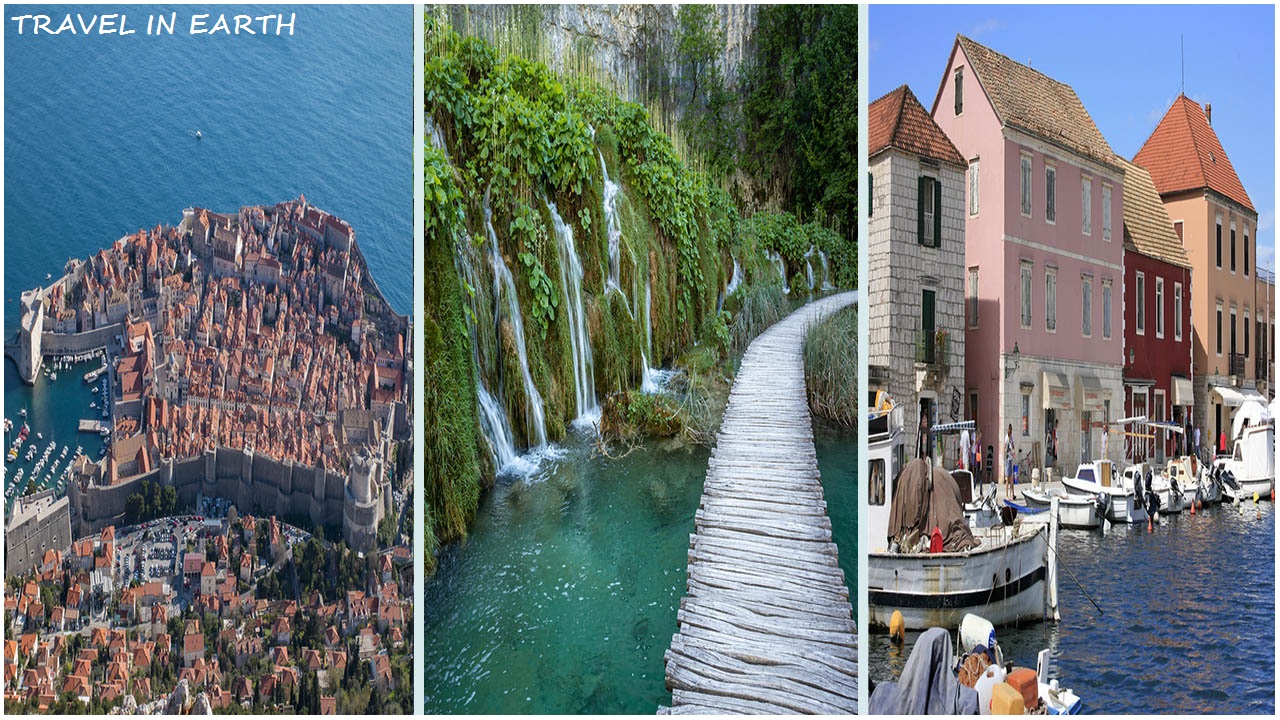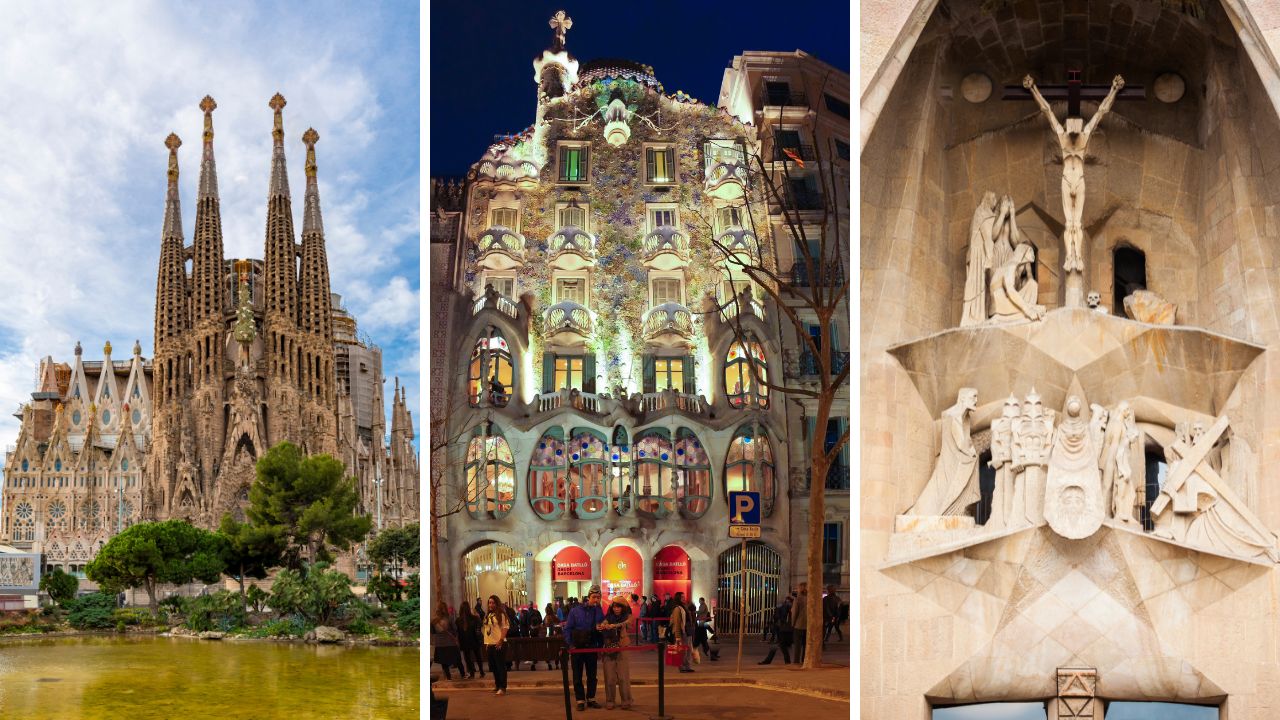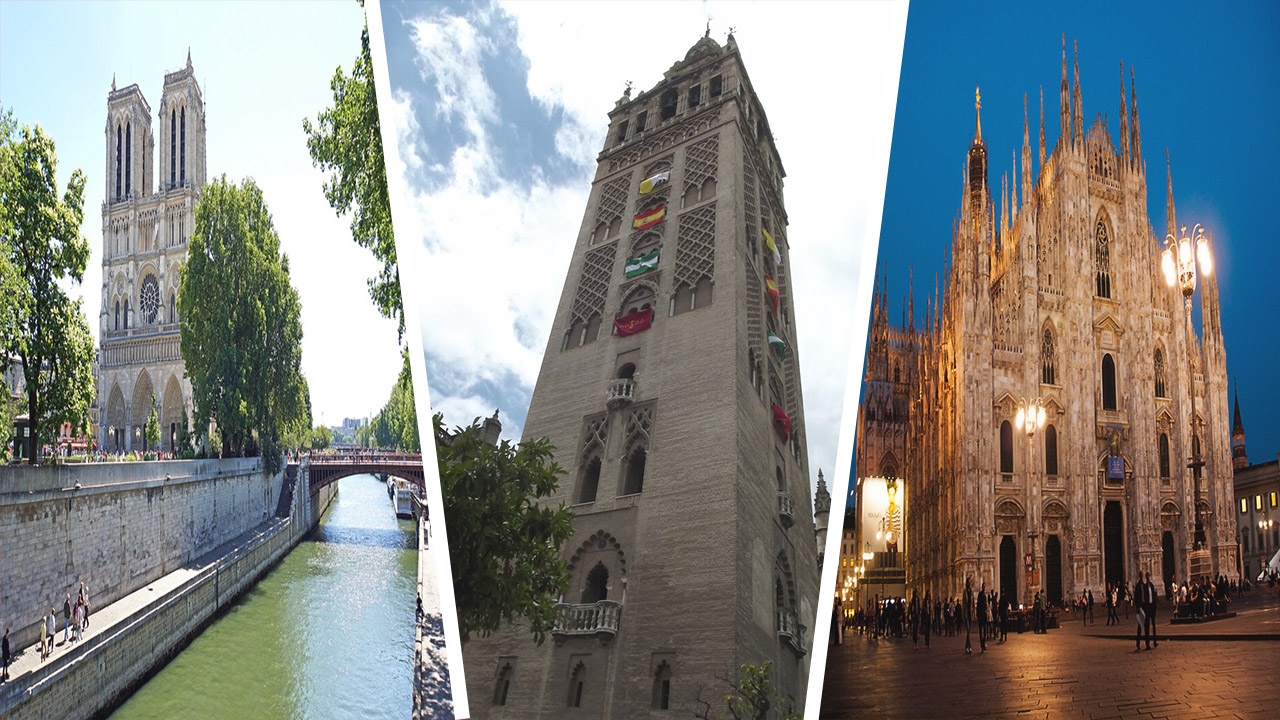Traveling sustainably is no longer a trend—it’s a vital step toward preserving our planet. With climate change, pollution, and the depletion of natural resources, every choice we make as travelers has a direct impact on the environment. Sustainable travel goes beyond reducing waste; it includes protecting wildlife, respecting local cultures, and supporting local economies.
This guide will help you understand how to travel sustainably while ensuring that your adventures remain exciting, fulfilling, and eco-friendly.
Sustainable travel isn’t just about minimizing harm—it’s about maximizing good. Tourism accounts for roughly 8% of global carbon emissions, with air travel, energy use, and waste being primary contributors. However, responsible choices can transform tourism into a force for positive change. Sustainable practices support local economies, preserve natural habitats, and reduce the carbon footprint, allowing travelers to experience the world without harming it.
Key Statistics:
- Tourism’s Carbon Footprint: Roughly 8% of total global emissions.
- Waste Generation: Tourists produce around 3 times more solid waste per capita than locals.
- Biodiversity: Unmanaged tourism could cause a 10% decrease in biodiversity in popular destinations by 2030.
How to Travel Sustainably: Practical Tips?
1. Choose Eco-Friendly Destinations
Selecting a destination committed to sustainable tourism is a powerful first step. Many countries and cities are now implementing green policies, from reducing single-use plastics to promoting wildlife conservation. Some destinations have even achieved certification for their environmental efforts, such as Costa Rica, New Zealand, and Bhutan.
Examples of Eco-Friendly Destinations:
- Costa Rica: Renowned for its national parks, this country has 99% renewable energy and prioritizes eco-tourism.
- New Zealand: From clean energy initiatives to protecting marine life, New Zealand leads in eco-friendly travel.
- Bhutan: Implements a “high-value, low-impact” tourism model to maintain its pristine environment.
2. Travel Light and Pack Responsibly
Packing light helps reduce the weight load on planes, which can reduce fuel consumption. Moreover, packing reusable essentials like water bottles, cloth bags, and toiletries in refillable containers will reduce waste during your journey.
Eco-Friendly Packing List:
- Reusable Water Bottle: Avoid buying plastic bottles on the go.
- Eco-Friendly Toiletries: Use shampoo bars, bamboo toothbrushes, and compostable floss.
- Reusable Shopping Bag: Useful for shopping at local markets and reduces the need for plastic bags.
3. Select Low-Carbon Transport Options
Transportation is one of the biggest contributors to tourism’s carbon footprint. Choosing direct flights, public transportation, or greener options like biking and walking can reduce emissions. If flying is essential, look for airlines that offer carbon offset programs.
Sustainable Transport Tips:
- Choose Non-Stop Flights: Reduces the carbon impact of takeoffs and landings.
- Opt for Trains: In many regions, trains are more sustainable and offer scenic routes.
- Walk or Bike: Not only are these methods eco-friendly, but they also provide a unique way to explore.
4. Stay in Eco-Conscious Accommodations
Hotels and lodges around the world are adopting sustainable practices, from energy-saving technologies to waste reduction initiatives. Look for accommodations with certifications like Green Key, EarthCheck, or LEED (Leadership in Energy and Environmental Design).
Features to Look For in Sustainable Accommodations:
- Water Conservation: Greywater recycling, low-flow showerheads, and towel reuse policies.
- Renewable Energy: Solar, wind, or other renewable energy sources.
- Waste Management: Recycling programs and composting facilities.
Supporting Local Economies and Communities
5. Eat Local and Choose Sustainable Dining Options
Eating locally sourced food reduces the carbon footprint associated with food transport and supports local farmers. Additionally, seeking out restaurants committed to sustainable sourcing can help you make a positive impact.
Benefits of Eating Local:
- Fresher Food: Locally grown food is often fresher and requires less packaging.
- Economic Support: Supporting small-scale farmers and producers contributes to local economies.
- Cultural Immersion: Local cuisine is a gateway to understanding a place’s culture and traditions.
6. Respect Wildlife and Natural Habitats
Wildlife tourism can often lead to habitat destruction and stress for animals if not managed responsibly. Instead, seek out ethical wildlife experiences that emphasize education, conservation, and non-interference.
Ethical Wildlife Experiences:
- Visit Sanctuaries: Support organizations that rescue and rehabilitate animals rather than exploit them.
- Avoid Animal Performances: Circuses or any animal show that involves forced behaviors are usually unethical.
- Respect Distances: Maintain a respectful distance from animals to avoid disturbing their natural behaviors.
Using Technology for Sustainable Travel Planning
There are numerous apps and websites designed to help travelers make eco-friendly choices. From carbon footprint calculators to booking sites for green hotels, technology is making sustainable travel more accessible.
Useful Sustainable Travel Tools:
- Ecosia: A search engine that plants trees with ad revenue.
- MyClimate: Calculates your travel carbon footprint and offers offsetting options.
- HappyCow: Lists vegetarian and vegan dining options globally, helping you choose sustainable dining.
Table of Eco-Friendly Destinations and Initiatives
| Destination | Eco-Friendly Initiatives | Certification |
|---|---|---|
| Costa Rica | Renewable energy, conservation efforts, eco-lodges | Blue Flag Program |
| New Zealand | Protected marine reserves, clean energy policies | Qualmark Green |
| Bhutan | High-value, low-impact tourism model | Carbon Neutral Policy |
| Norway | Electric transport, waste-to-energy programs | Eco-Lighthouse Certification |
| Slovenia | Eco-friendly tourism, waste management, local food sourcing | Green Scheme of Slovenian Tourism |
Conclusion: Travel Responsibly and Make a Difference
Sustainable travel is about making conscious decisions that benefit both travelers and the environment. From choosing eco-friendly destinations to supporting local communities, every choice can contribute to a healthier planet. Remember, travel can still be transformative and fulfilling without compromising the well-being of the places we visit. By embracing sustainable practices, we not only enhance our experiences but also ensure that future generations can enjoy these wonders, too.
























